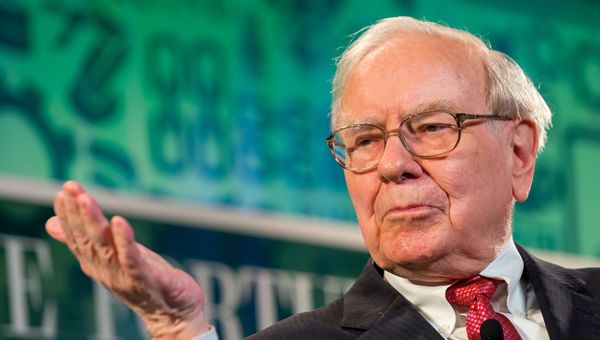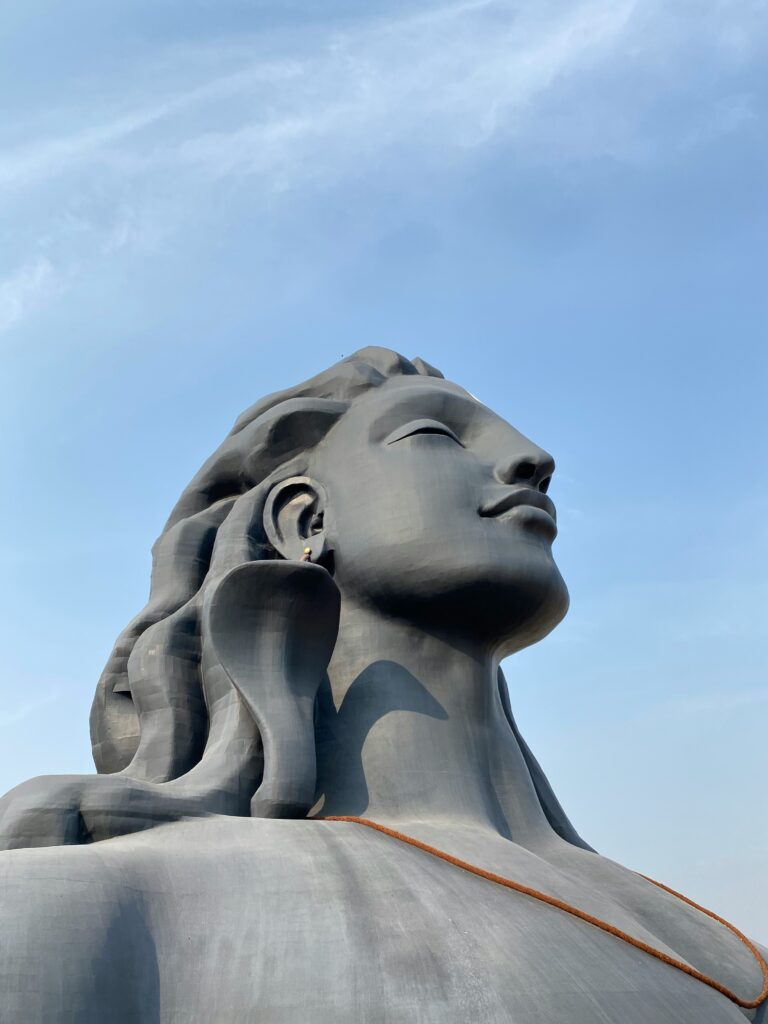
Lab Launch & First Patient Buys
by Michael Lamonaca 10 July 2025
Welcome to the very first entry in My Patient Investing Lab! Today marks the official launch of this virtual portfolio, where I’ll transparently demonstrate my “Hold for Life” global dividend value investing strategy in action.
I’ve started this lab with AUD$100,000.00 of virtual capital. I aim to build a resilient, income-generating portfolio by patiently waiting for high-quality global businesses to trade at a significant discount to their intrinsic value. My discipline dictates that I only deploy capital when my rigorous system identifies such a compelling opportunity.
Out of the nine companies I’ve identified as potential “Hold for Life” candidates through my initial screening, only two currently meet my strict valuation and fundamental criteria for purchase. This means that for now, the vast majority of the portfolio’s capital will remain in cash, strategically parked and ready to act when true value presents itself. Patience is paramount in this journey.
Initial Virtual Purchases:
- Company 1 :
- Simulated Date of Purchase: 10 July 2025
- Simulated Total Investment: AUD$11,094.72
- Simulated Dividend Payment Months: March and September
- Brief Rationale: This company demonstrated a strong competitive moat and generated robust free cash flow, meeting my stringent valuation requirements for an attractive entry point at the time of virtual purchase.
- Company 2
- Simulated Date of Purchase: 10 July 2025
- Simulated Total Investment: AUD 11,107.80
- Simulated Dividend Payment Months: April and October
- Brief Rationale: My analysis indicated this business was trading significantly below its intrinsic value, with a track record of consistent dividend payments and excellent management.
- Important Note on Dividends: While these companies have historical dividend payment schedules, it’s crucial to remember that dividend payments are never guaranteed. Companies can, and sometimes do, reduce or suspend dividends based on their financial performance or strategic decisions. My “Hold for Life” strategy focuses on the underlying quality and free cash flow of the business to assess dividend sustainability, but unforeseen circumstances can always impact payments.
These two initial virtual purchases represent AUD$22202.52 of the AUD$100,000.00 initial capital.
Current Virtual Cash Position & Interest Management:
The remaining AUD$77,797.48 is currently held as cash. This strategic cash position is crucial for my “Hold for Life” method, ensuring capital is preserved and ready to deploy when a truly exceptional opportunity aligns with my system.
To ensure this parked capital is also working for me, it is virtually held in a bank account earning interest. The current interest rate is 0.40% p.a. base rate, plus a bonus rate of 4.25% p.a., for a total of 4.65% p.a. (Note: This bonus rate requires a minimum top-up of AUD$50 each month.) I will track the simulated interest earned from this cash and report it in future updates.
Looking Ahead:
I will provide regular updates on this Patient Investing Lab, documenting any future virtual buys or sells (which will be rare!), the accumulation of dividends from the virtual holdings, and the interest earned on the parked cash. This lab is a living demonstration of how discipline, patience, and a focus on fundamental values can build long-term wealth, even if it means waiting for the right moment.
Stay tuned for the next update!








